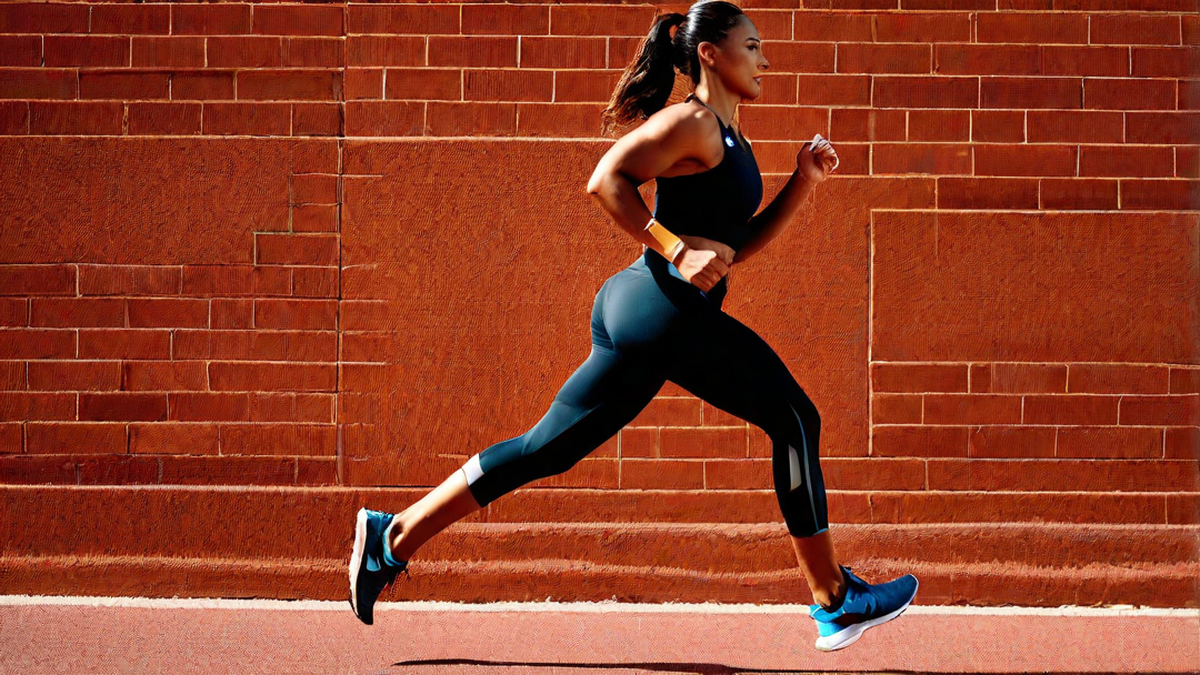When it comes to working out, one of the most desired goals for many people is to build strong and toned glutes. And with the popularity of exercises like squats and lunges, it’s easy to assume that these are the best ways to achieve that goal. But what about running? Can running really build glutes? As someone who loves to run and has seen the benefits firsthand, I can confidently say that yes, running can indeed help build strong glutes.
Running is a great cardiovascular exercise that engages multiple muscle groups in the body, including the glutes. The gluteal muscles, which consist of the gluteus maximus, gluteus medius, and gluteus minimus, play a crucial role in maintaining stability and power during running. These muscles work to extend the hip and propel the body forward with each stride.
While it’s true that running primarily targets the muscles of the lower body, including the quadriceps, hamstrings, and calves, it also activates the glutes to a significant extent. The repetitive motion of running requires the glutes to contract and stabilize the pelvis with each step. Over time, this repetitive contraction and stabilization can lead to increased strength and muscle growth in the glutes.
Additionally, running on different terrains can further challenge the glutes. Uphill running, for example, requires the glutes to work harder to propel the body against gravity, resulting in increased muscle activation. Incorporating hill workouts into your running routine can be an effective way to target and strengthen the glutes.
Another factor that contributes to glute development through running is the activation of the fast-twitch muscle fibers. These muscle fibers have a greater potential for growth and are activated during higher intensity exercises like sprints or interval training. By incorporating speed workouts into your running routine, you can target the glutes and promote muscle growth.
It’s important to note that while running can help build glutes, it may not provide the same level of muscle hypertrophy as weightlifting exercises specifically targeting the glutes. If your goal is to significantly increase the size of your glutes, incorporating strength training exercises like squats, deadlifts, and hip thrusts into your routine can complement your running workouts and provide additional muscle-building benefits.
In conclusion, running can indeed help build glutes. The repetitive motion and activation of the gluteal muscles during running promote strength and muscle growth over time. By incorporating variations in terrain and intensity, such as uphill running and speed workouts, you can further challenge and target the glutes. While running alone may not result in the same level of muscle hypertrophy as targeted glute exercises, it is still a valuable and effective form of exercise for overall glute development.

